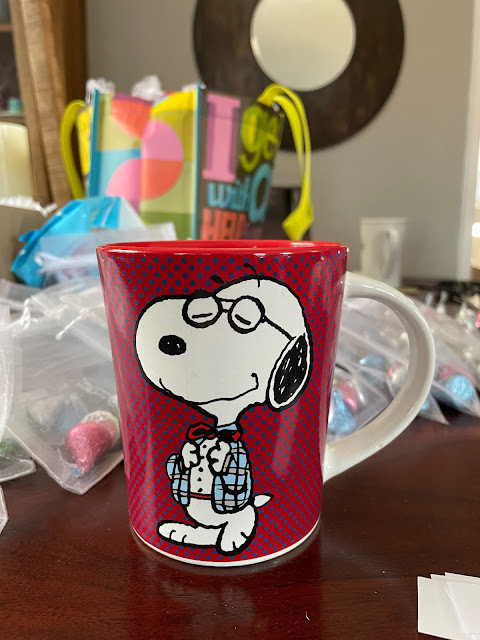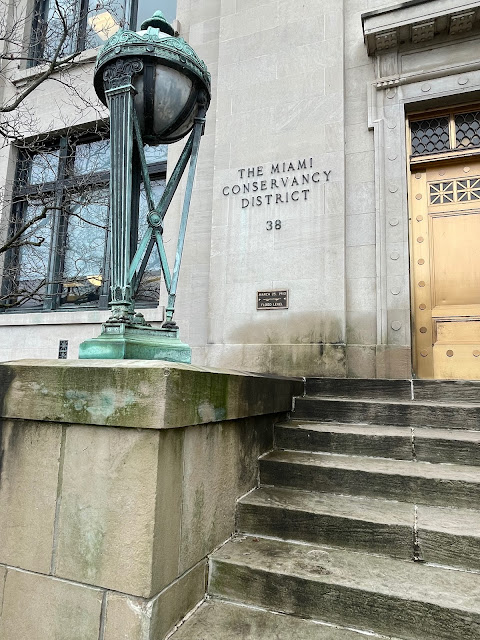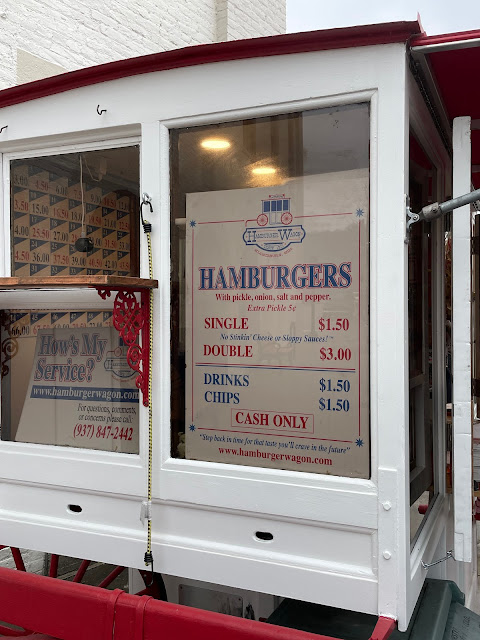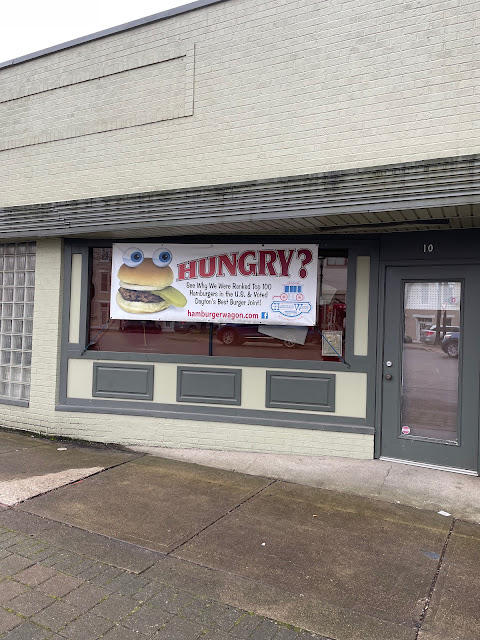“A Man Called Otto,” where Tom Hanks plays Otto, is a character sketch of a lonely old man. To take a quick step back, when it’s time for my annual physical, my doctor always asks questions that focus on my mental health. The gist of the inquiry is with whom and with what frequency did I have contact with other people. As the movie opened on Otto’s life I thought of those questions. Otto was profoundly alone.
We learn through flashbacks, visual representations of Otto’s own thoughts, that Otto was recently widowed. He and his wife had no children. He lived in the small apartment they had shared throughout their married life, among old neighbors who were once friends. Except Otto had become estranged from virtually everyone.
Otto was a self-appointed enforcer of subdivision rules. When he encountered others on his daily “rounds” through the neighborhood, he barked his disapproval at those out of compliance. Closing a gate no one else cared about keeping shut, correcting those who put garbage into the recyclables, etc. But it wasn’t his peculiarities or his obsession with rules and details that set him apart from the people around him.
It was his rudeness. Otto was an angry old man who had long ago stopped keeping mean-spirited thoughts to himself. He spouted those rude thoughts loudly, in people’s faces, with an angry contorted face.
Otto’s bad behavior wasn’t confined to the neighborhood. He let loose on virtually anyone and everyone. Particularly store clerks. Not only was Otto mean, but he was also cheap. He argued about money incessantly. No wonder he was alone. At first, I was disgusted with Otto. But as I learned more about his past, I began to feel sorry for him. He was deeply depressed. He didn’t know how to cope with his singular existence. He couldn’t control his grief following his wife’s death. Otto’s depression was killing him.
He was most animated and positive on his trips to the cemetery. He went daily with flowers, a lawn chair, and coffee in a thermos, settling in for long conversations with his deceased wife. He reported on his day, and shared his thoughts about events, but mainly recalled memories of when they were together. His tone, his facial expression, and his very being changed entirely when he talked to that granite headstone.
It's amazing a jerk like Otto can elicit compassion from the audience. I attribute it to a great script and an accomplished actor. Otto was suicidal. He survived three attempts. Not unusual among those who ultimately die by suicide. It was painful to watch. Amazingly, that angry old man found hope in the depths of his despair.
It came in the form of a young immigrant couple, the wife Marisol mainly, who somehow shrugged off his insults. Otto’s proven record of pushing people away by being insultingly rude just didn’t work with Marisol. Maybe the language barrier helped. Maybe it was naïveté. Whatever it was she persisted in maintaining contact with her awful neighbor despite his anger and unkind words.
Otto’s life was saved by Marisol and the others around him. As she continued to uncover Otto’s story, coming to understand the person that was Otto’s wife, Otto slowly began to share his feelings. It wasn’t due to his initiative. His normally successful insults and angry retorts failed to shut Marisol up. And others helped as well.
One of Otto’s sworn enemies was the young man who rode his bike down the street throwing rolled-up shopping flyers, the ones stuffed with coupons, at each door. They landed all over, mostly unread. Otto collected them, put them in the trash, railed at the young man, and threatened him.
One day, the young man stopped his bike and looked at him. Rather than responding angrily, he shocked Otto by being civil.
“Hey, I know you. Your wife was my teacher. She was the best. She was the first teacher to call me by my new name. I’ll never forget her for that.”
Otto looked closely at the young man. A closeup of his face suggested he was transgender.
“Is that right?”
It was all Otto could say. He was completely disarmed. He didn’t know how to handle kindness.
Marisol and her family persisted in engaging Otto against all odds. He didn’t want to talk about his past, his issues, his anger. But somehow, they made him do so. Otto helped them during emergencies, even babysitting their children. He grudgingly cared for a neighborhood feral cat. His life began to change.
“A Man Called Otto” is a story about overcoming mental illness. It’s well-timed. Our isolation during the pandemic was eye-opening. Isolation can be devastating. I can’t help but think that in Otto’s case, professional help and a good anti-depressant could have sped up the process, but the movie revealed the real key to being mentally healthy. It’s positive interaction with those around you, finding community and being part of it, directing our thoughts away from ourselves to the welfare of others.
“A Man called Otto” is the story of a man learning one of life’s most elemental lessons in a very hard way. The big lesson is that we must be kind to people who are hard to like. Doing so might save his or her life and maybe get a few new friends in yours.































